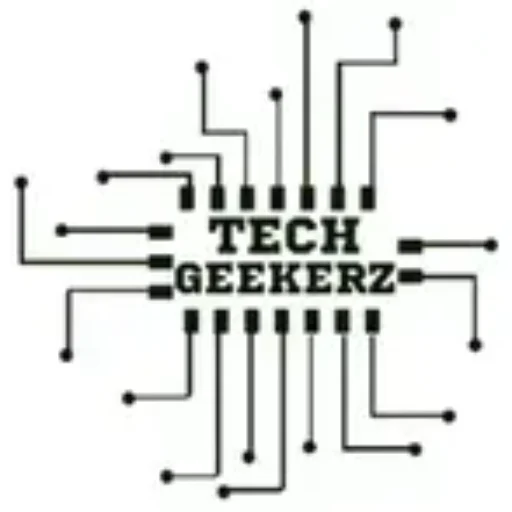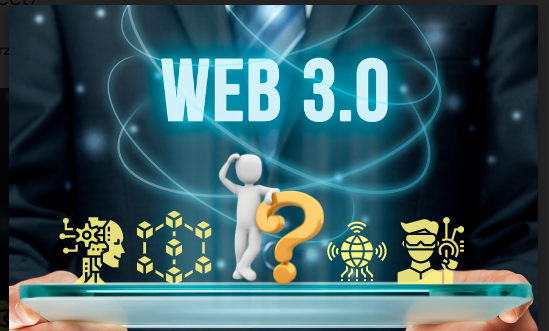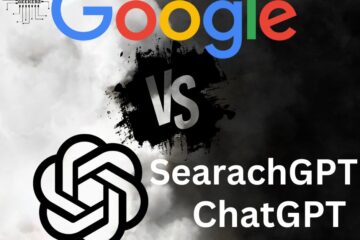Web 3.0 describes the next version of the “World Wide Web” , the UI (user interface) that provides access to all forms of data on the internet. Web 3.0 is still in development phase, so there isn’t a universally accepted definition. Web 3.0 will have a strong emphasis on decentralised applications and probably make broad use of blockchain-based technologies. Web 3.O l also use machine learning and AI to create a more intelligent web version of all time. Tim Berners-Lee, who created WWW (World Wide Web),Web 3.0 as the most upgraded web. Web 3.O will be an intelligent, and open Internet that helps AI and machine learning to function and interpret content conceptually.
Evolution of the web
The first generation, Web 1.0(WWW) was invented in 1989 by Tim Berners Lee. Who is a British computer scientist who gives the “hypertext” concepts for linking data proposed in 1963 by Ted Nelson, an American information technology pioneer. Besides, Berners-Lee wrote the Hypertext Markup Language (HTML), which tells browsers how to display results for a query, as well as the Hypertext Transfer Protocol (HTTP) specifying how web servers transfer files to browsers. He also started designing software that would link data across web pages.
The peoples was not much aware of the internet until 1993. Release of Mosaic, the first browser, after some time it’s renamed as Netscape Navigator. Similar user-friendly graphical browsers Microsoft Internet Explorer and, much later, Apple Safari. The first popular search engine names like Yahoo. Lycos and AltaVista arrived on the scene, but by 2004 Google had started put many of them out of business. Experts has begun promoting the idea of an updated web that would be more interactive, known as Web 2.0. They started referring to the existing webs of basic connectivity to mostly static websites as Web 1.0. Berners-Lee expanded his Semantic Web concept by co authoring an article in Scientific American. Publisher Tim O’Reilly helped to promote Web 2.0 by starting a conference dedicated to it.
Web 1.0
Web 1.0 is the first phase of the World Wide Web evolution. There was only limited content in Web 1.0 and a huge number of users who are consumers of content as per comparison. Web pages were more common, consisting on web services.
In Web 1.0 advertisements on websites while internet surfing are banned. Also, in Web 1.0, Ofoto is an online digital photography website, on which users could store, share, view, and print digital pictures. Web 1.0 is a content delivery network (CDN) that allows the showcase of the information on the websites. It can be used as a personal website. It costs the user as per pages viewed. It has directories that users can retrieve a particular piece of information. The era of Web 1.0 was roughly from 1991 to 2004.
Four Design Essentials of a Web 1.0.
- Simple Static pages.
- Content is shown from the server’s file system.
- Pages built using Server Side Includes or Common Gateway Interfaces (CGI).
- Frames and Tables are used to position and align the elements on a pages.
Web 2.0
2004 Darcy DiNucci developed the term “Web 2.0” in 1999, shortly after the First Web 2.0 conference (later known as the Web 2.0 summit) was organized by Tim O’Reilly and Dale Dougherty. Web 2.0 refers to websites across the world that promote content created by users, usability, and compatibility for end users. Web 2.0 is also known as the open social web. It does not relate to changes to any technical specifications, but rather to changes in the way Web pages are produced and utilized. The transition is good, but it doesn’t seem to be the situation while the changes takes place. Web 2.0 allows for communication and collaboration in a social media discussion as the creation of user-generated content in a virtual community. Web 2.0 is a more advanced version of Web 1.0.
Web browser technologies are used in Web 2.0 development and it includes AJAX and JavaScript frameworks. Recently, AJAX and JavaScript frameworks have become very popular means of creating web 2.0 sites.
Five Major Features of Web 2.0:
- Free sorting of information, permits users to retrieve and classify the information collectively.
- Dynamic content that is responsive to user input.
- Information flows between the sites owners and site users using evaluation & online commenting.
- Developed API’s to allow self-usage, such as by a software applications.
- Web access leads to concerns different, from the traditional Internet user base to a wider variety of users.
Web 3.0
It refers to a rise of internet usage and interaction, which involves turning the online into a database with the integration of DLT (Distributed Ledger Technology blockchain, for example), and that data can assist to create Smart Contracts depending on the individual’s demands. It allows for the advancement of the web’s backend after a lengthy period of focused on the frontend (Web 2.0 has primarily been about AJAX, tagging, and other front-end user-experience innovation). Web 3.0 is a concept used to characterize multiple evolutions of web usage and interaction among various pathways. In this case, data is not owned but rather shared, with services displaying diverse perspectives for the same site / data.
The Semantic Web (3.0) claims to establish “the world’s information” in a more rational way than Google’s current engine schema can. This is especially true in terms of machine conceptualization as opposed to human comprehension. The Semantic Web requires the use of a declarative ontological language, such as OWL, to create domain-specific ontologies that machines may use to reason about information and make new conclusions, rather than merely matching keywords.
Main features That can Help us Define Web 3.0:
- Semantic Web: The succeeding evolution of the Web involves the Semantic Web. The semantic web improves web technologies in demand to create, share and connect content through search and analysis based on the capability to comprehend the meaning of words, rather than on keywords or numbers.
- Artificial Intelligence: Combining this capability with natural language processing, in Web 3.0, computers can distinguish information like humans to provide faster and more relevant results. They become more intelligent to fulfill the requirements of users.
- 3D Graphics: The three-dimensional design is being used widely in websites and services in Web 3.0. Museum guides, computer games, e-commerce, geospatial contexts, etc. are all examples that use 3D graphics.
- Connectivity: With Web 3.0, information is more connected thanks to semantic metadata. As a result, the user experience evolves to another level of connectivity that leverages all the available information.
- Ubiquity: Content is accessible by multiple applications, every device is connected to the web, and the services can be used everywhere.
- DLT and Smart Contracts: With the help of DLT, we can have a virtually impossible-to-hack database from which one can have value to their content and things they can own virtually, this is the technology that enables a trustless society through the integration of smart contracts which does not need to have a middle man to be a guarantor to make that contract occur on certain cause its based on data from that DLT. It’s a powerful tool that can make the world a far better place and generate more opportunities for everyone on the internet.
Difference Between Web 1.0, Web 2.0, and Web 3.0 –
Web 1.0
- Mostly Read-Only
- Company Focus
- Home Pages
- Owning Content
- WebForms
- Directories
- Page Views
- Banner Advertising
- Information sharing is the goal.
- Britannica Online
Web 2.0
- Wildly Read-Write
- Community Focus
- Blogs / Wikis
- Sharing Content
- Web Applications
- Tagging
- Cost Per Click
- Interactive Advertising
- Wikipedia
- XML / RSS
- Data of many was controlled by some mediatory.
- Interaction is the goal.
- It aims to connect people.
- Introduction of web applications
- AJAX, JavaScript, CSS, and HTML5 are examples of related technology.
- Microsoft.NET
- Blogs
Web 3.0
- Portable and Personal
- Individual Focus
- Live-streams / Waves
- Consolidating Content
- Smart Applications
- User behavior
- User Engagement
- Behavioral Advertising
- The Semantic Web
- RDF / RDFS / OWL
- Data was personalized and no use of mediatory.
- Focuses on relating knowledge.
- Intelligent web-based functions and apps
- A semantic web exists.
- Web 3.0 technologies include blockchain, artificial intelligence, and decentralized protocols.
- Intelligent Digital Personal Assistants and others.
- Databases of Information
Web3 is in its very initial days and there is no consensus if it will take off like Web 1.0 or Web 2.0 did. There is much skepticism from top tech brains in the industry and the academic community that Web3 does not solve the problems it purports to solve.
for more information visit Techgeekerz.com





